11 Ways Jasperware Rarity Depends on Color and Relief Motif
Jasperware, known for its smooth, matte finish, has long been cherished by collectors around the world. Its rarity is often determined by factors such as color and relief motif, which play a significant role in its value. Certain colors and patterns can make a piece stand out, influencing how it is valued in the market. For example, colors like dark blue and rare relief motifs can be harder to find, driving up their desirability.
This post may contain affiliate links, which helps keep this content free. Please read our disclosure for more info.
Rare Colors
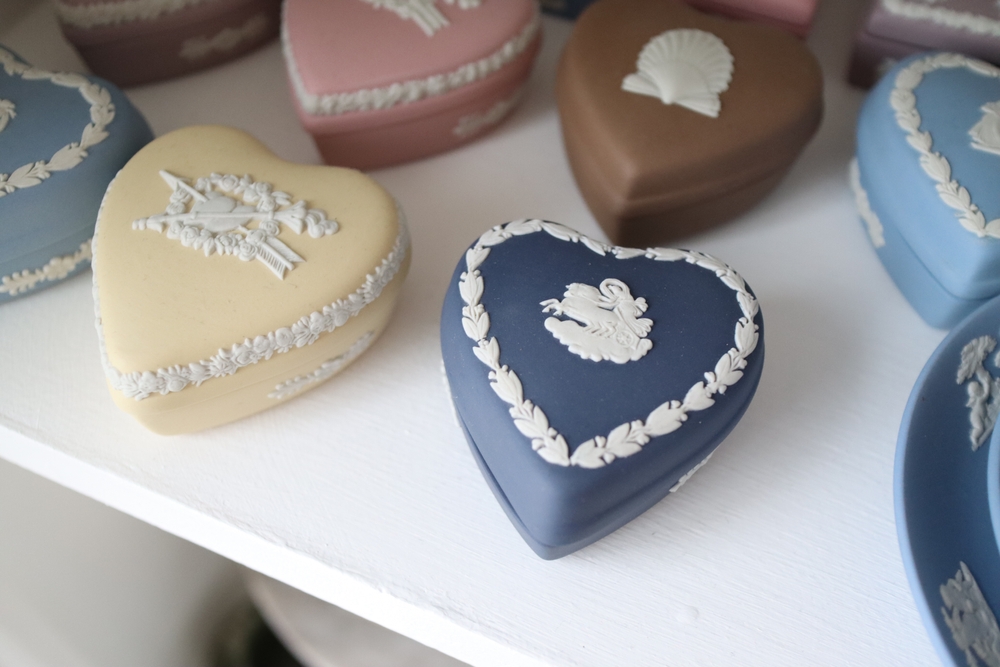
The color of Jasperware significantly affects its rarity. Some shades, like crimson, lilac, and yellow, were produced in limited quantities, making them highly collectible. Crimson pieces, for example, can range from $1,500 to $4,000, depending on size and condition. Lilac Jasperware is more common but still desirable, priced between $300 and $1,500. Yellow Jasperware is especially rare, with some pieces reaching $4,000 to $5,000.
Collectors often seek rare colors because they are visually striking and historically significant. These pieces are usually found in decorative items such as vases, plaques, and urns. The demand increases when the color is combined with intricate relief motifs. Condition, size, and design complexity heavily influence market value. Large, well-preserved pieces in rare colors are particularly prized by collectors.
Classical Motifs
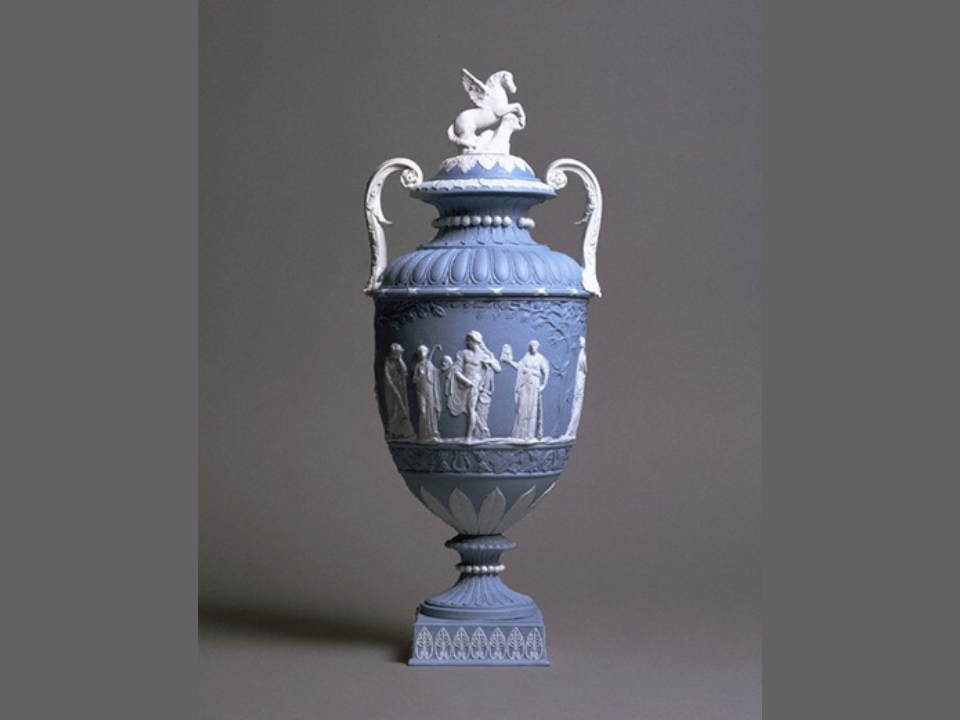
Jasperware relief motifs often depict classical themes like Greek gods, Roman emperors, and mythological scenes. Pieces with detailed and historically accurate motifs are more valuable and sought after by collectors. Prices can range from $500 to $3,000 depending on the intricacy of the design. Smaller items like boxes or plaques tend to be less expensive. Larger vases or urns with elaborate reliefs command higher prices.
Classical motifs are one of the hallmarks of Jasperware’s appeal. These designs were often hand-applied, which increased their uniqueness. Items with motifs showing fine detail or rare themes are particularly rare. They are often combined with rare colors to increase their collectible value. Collectors prioritize condition and authenticity when evaluating classical motif pieces.
Commemorative Reliefs
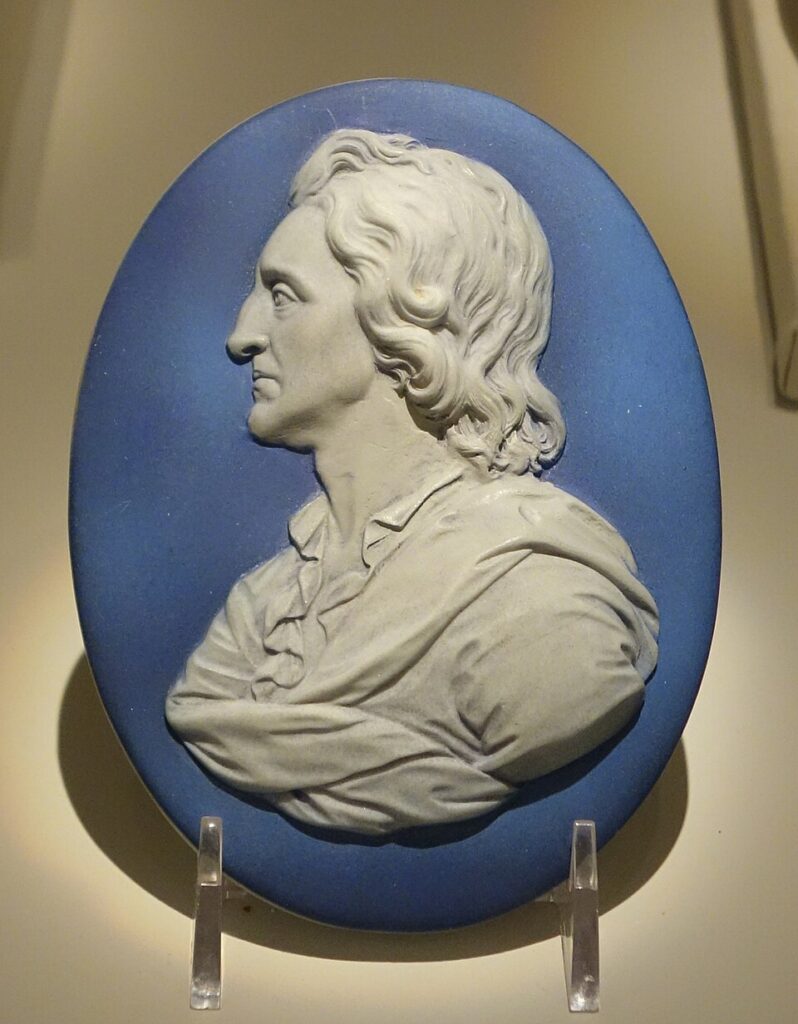
Some Jasperware pieces feature reliefs created for special events or anniversaries. These limited-edition pieces are usually rare and more valuable. They can sell for $1,000 to $5,000 depending on size and condition. Commemorative motifs may include coronation scenes or historic events. Their rarity is often enhanced by the small number of pieces produced.
Collectors seek commemorative reliefs for their historical and artistic significance. The reliefs are usually applied with precision, showing craftsmanship that increases the item’s value. Pieces that remain in excellent condition can fetch top-dollar prices. Larger items, such as plaques and urns, with commemorative motifs are particularly desirable. The combination of rarity, historical significance, and condition drives their market value.
Neoclassical Motifs
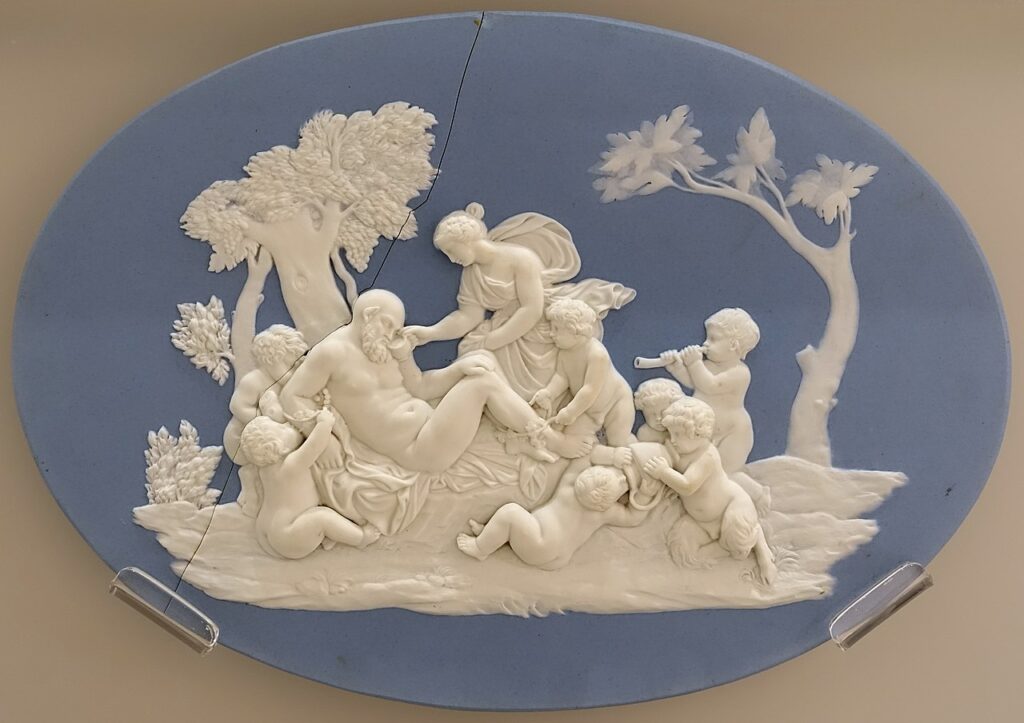
Neoclassical reliefs were inspired by ancient Greek and Roman art and were a staple of Wedgwood Jasperware. Pieces with fine neoclassical motifs are highly prized. Prices typically range from $500 to $3,500 depending on size and detail. Small plaques are more common, but large vases with detailed scenes can reach top market prices. Neoclassical motifs often feature mythological gods, chariots, or architectural designs.
These motifs were popular during the 18th and 19th centuries, adding to their collectible value. Items with rare or complex neoclassical scenes are particularly scarce. They are often combined with rare colors to increase desirability. Condition and craftsmanship heavily affect market value. Well-preserved pieces with intricate neoclassical designs remain highly sought after.
Miniature Items
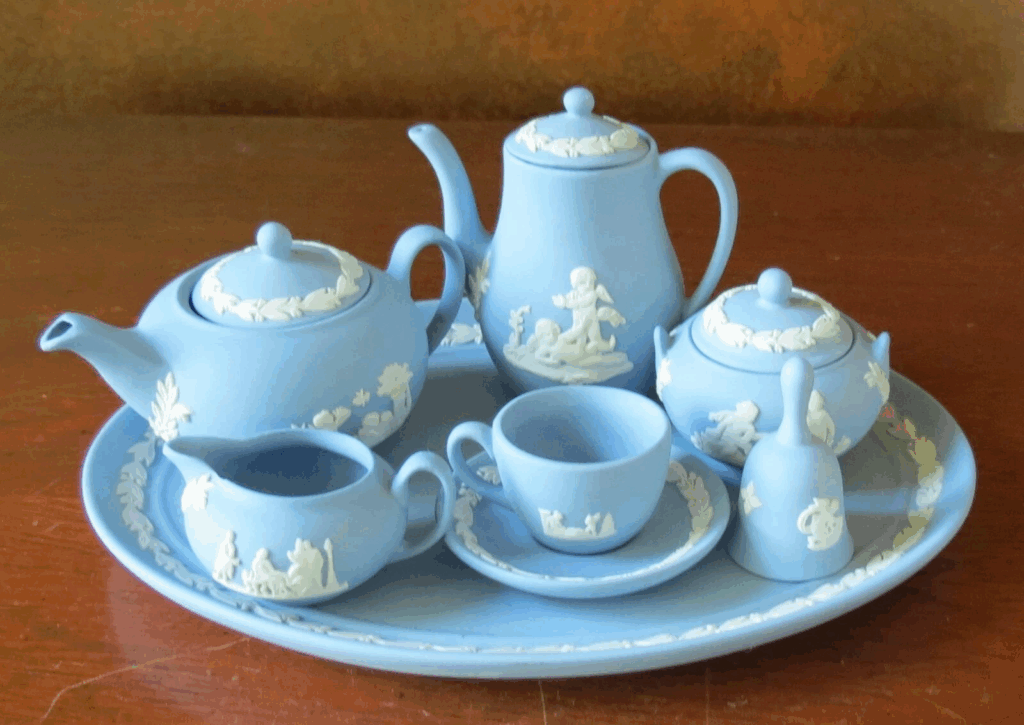
Miniature Jasperware items, including small boxes, urns, or trinkets, are rarer because fewer were produced. Prices typically range from $200 to $1,000. Rare colors or motifs on miniature items increase their value. They often feature detailed relief work despite their small size. Miniature Jasperware is popular for collectors seeking compact, displayable pieces.
These small pieces showcase the skill required to create detailed reliefs on a tiny surface. They often appear in limited runs, increasing their rarity. Miniature items in excellent condition can sell for higher prices. Collectors value these for their charm and collectible quality. Detailed designs and rare colors make miniature Jasperware a strong investment.
Reverse Reliefs
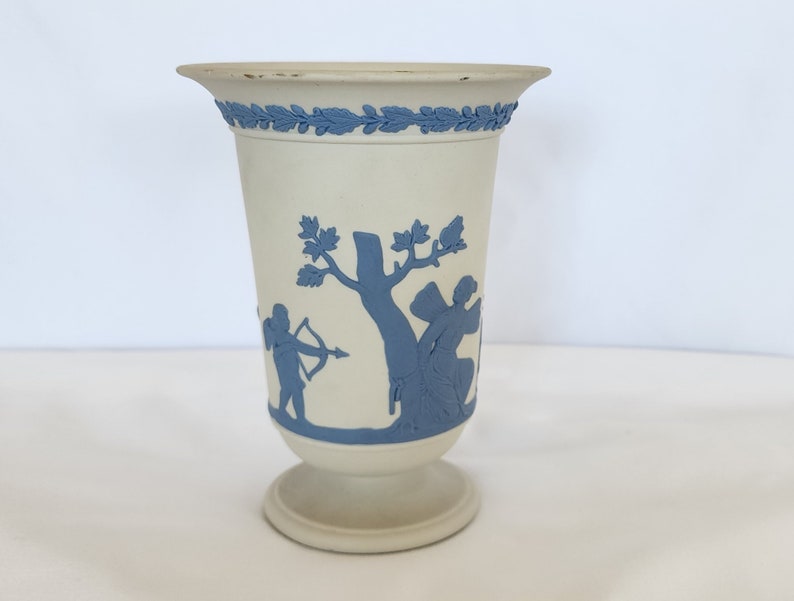
Reverse reliefs feature the motif in white and the background in color, opposite to the traditional style. This technique was harder to produce and is rarer than standard Jasperware. Prices range from $500 to $2,500 depending on size and detail. Items include plaques, boxes, and decorative pieces. Rare colors in reverse relief increase the market value significantly.
The reverse relief style creates a striking visual effect that collectors prize. These items were produced in limited numbers due to the difficulty of making them. They are often found in smaller decorative items but can also appear in larger vases. Detailed motifs add to the rarity and appeal. Condition and color significantly influence the final market price.
Tri-Color Jasperware
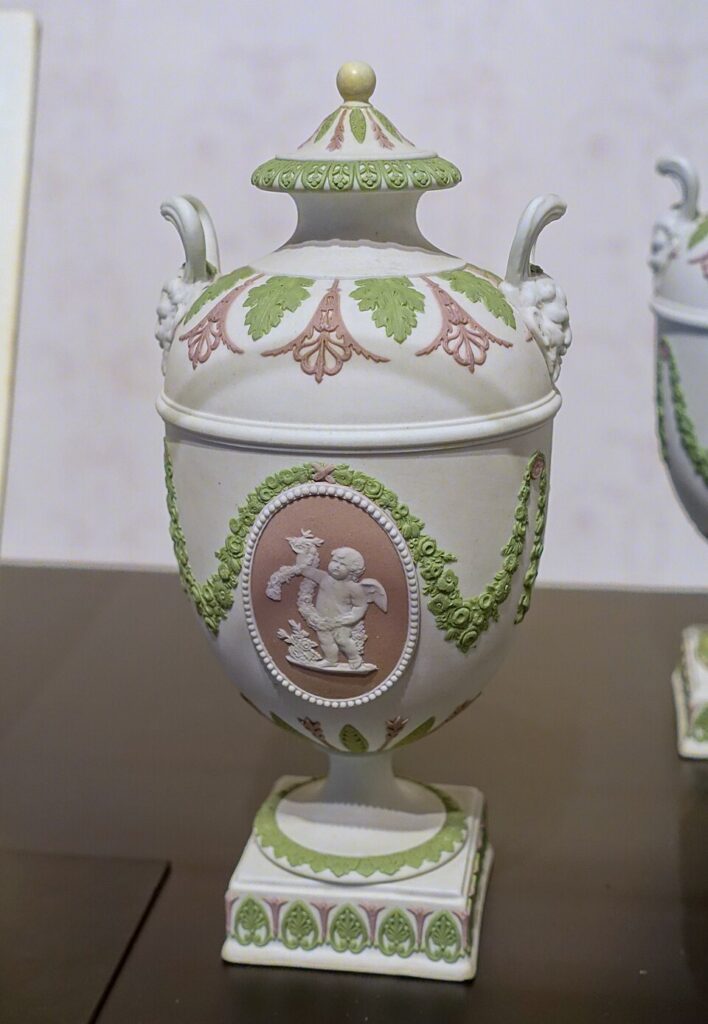
Tri-color Jasperware incorporates three colors, often combining the base color with two relief shades. These items are very rare due to the complexity of production. Prices typically range from $1,500 to $4,000. Items include vases, urns, and plaques. The more intricate the relief and the rarer the color combination, the higher the value.
The appeal of tri-color Jasperware lies in the craftsmanship required to maintain color separation. Larger items are rarer and tend to fetch higher prices. Collectors prize these pieces for their decorative and unique appearance. Condition and detailed reliefs further affect market value. Limited production makes tri-color pieces a top choice for collectors.
Cameo Style
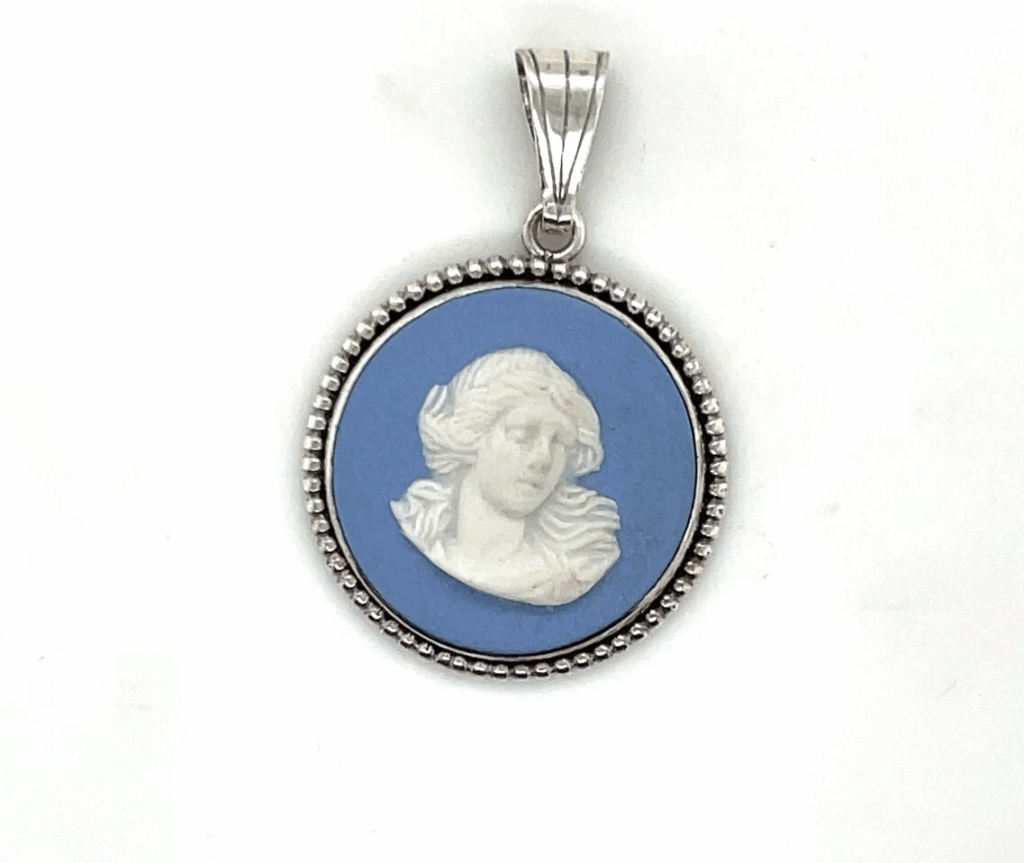
Cameo Jasperware features raised reliefs resembling jewelry cameos. These designs often show classical profiles or mythological figures. Prices range from $300 to $2,000 depending on size and detail. Items include jewelry, plaques, and small decorative objects. Rare relief designs or larger items can command higher prices.
Cameo style was often used for decorative and collectible items. The technique requires precision, increasing its collectible value. Collectors look for well-preserved pieces with detailed motifs. Condition, rarity, and color affect market price. Cameo Jasperware remains popular due to its elegance and historical significance.
Plaque Panels
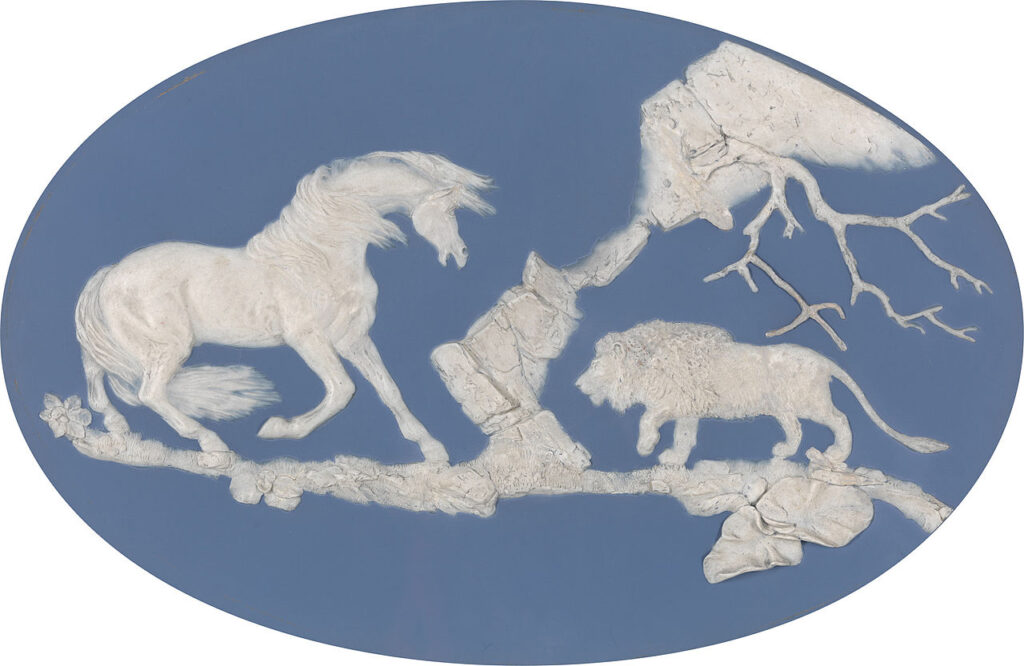
Plaque panels are flat pieces featuring detailed reliefs in rectangular or square shapes. They were often used to showcase elaborate designs or classical scenes. Prices can range from $500 to $3,000 depending on size, color, and relief detail. Larger panels are particularly rare and collectible. These items often serve as decorative wall pieces or mantel displays.
Collectors appreciate plaque panels for their intricate designs and historical motifs. Limited production adds to their rarity. Condition and detail are major factors in determining value. Plaques in rare colors or with unusual reliefs fetch higher prices. They are highly desirable in the collector market.
Unique Motif Combinations
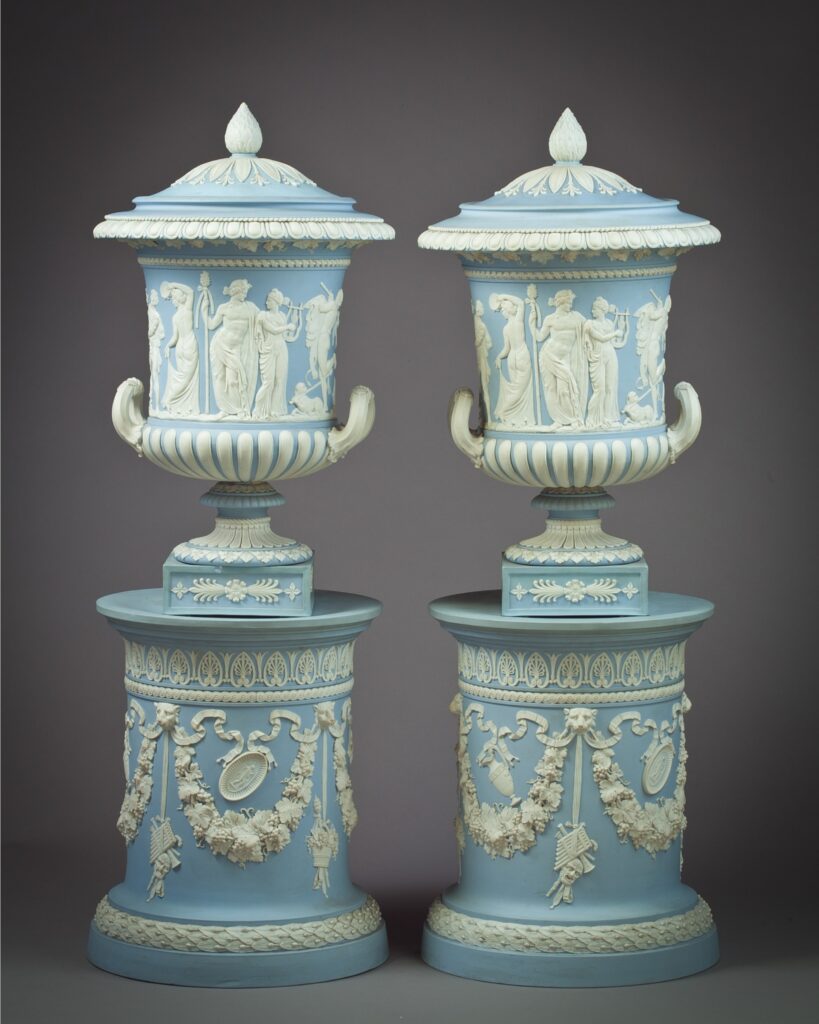
Some Jasperware pieces feature unique combinations of motifs not commonly seen. These unusual designs can command higher prices due to their rarity. Prices range from $700 to $4,000 depending on complexity and color. Items can include plaques, urns, or decorative objects. Unique motif combinations are highly valued by serious collectors.
The appeal of unique motif Jasperware lies in its originality. These pieces were often one-off or special order items. Collectors prize them for artistic and historical value. Condition, color, and detail determine market price. Such pieces remain standout items in private and auction collections.
Limited Production Runs
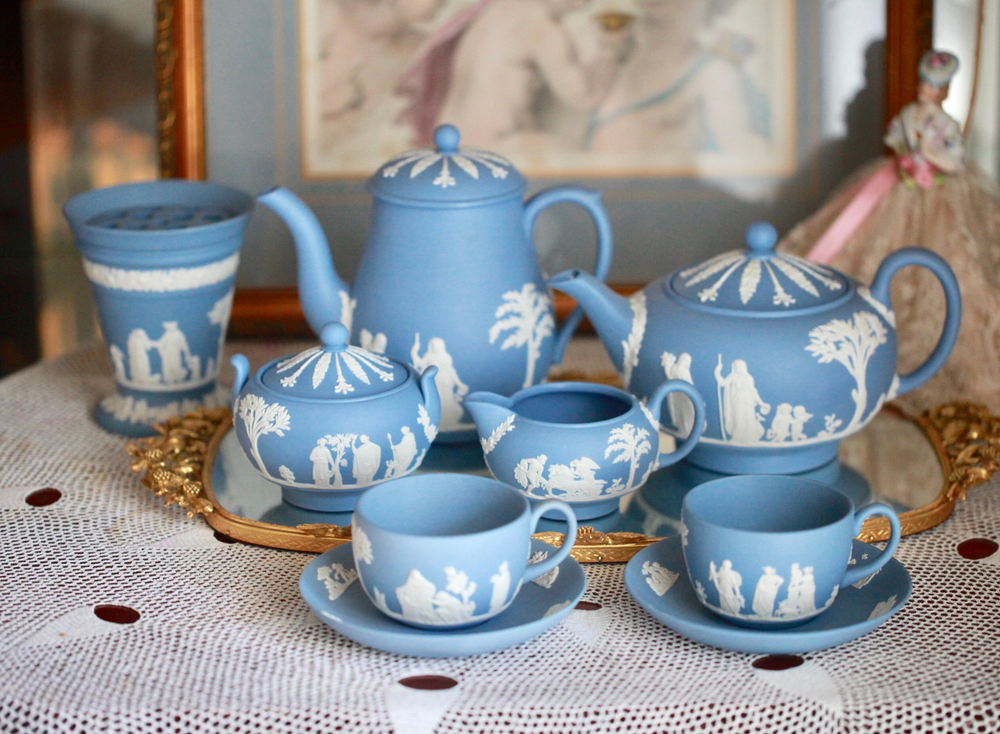
Some Jasperware pieces were produced in very small quantities. These limited production items are often more valuable due to their scarcity. Prices can range from $1,000 to $5,000 depending on color, motif, and size. Limited runs can include any style, from plaques to vases. Condition and provenance play a major role in value.
Collectors seek limited production pieces for their rarity and potential appreciation. Often these items were made for special events or commissions. Detailed relief motifs increase desirability. Rare colors combined with small production numbers can drive prices higher. Limited production Jasperware remains highly collectible.
This article originally appeared on Avocadu.
